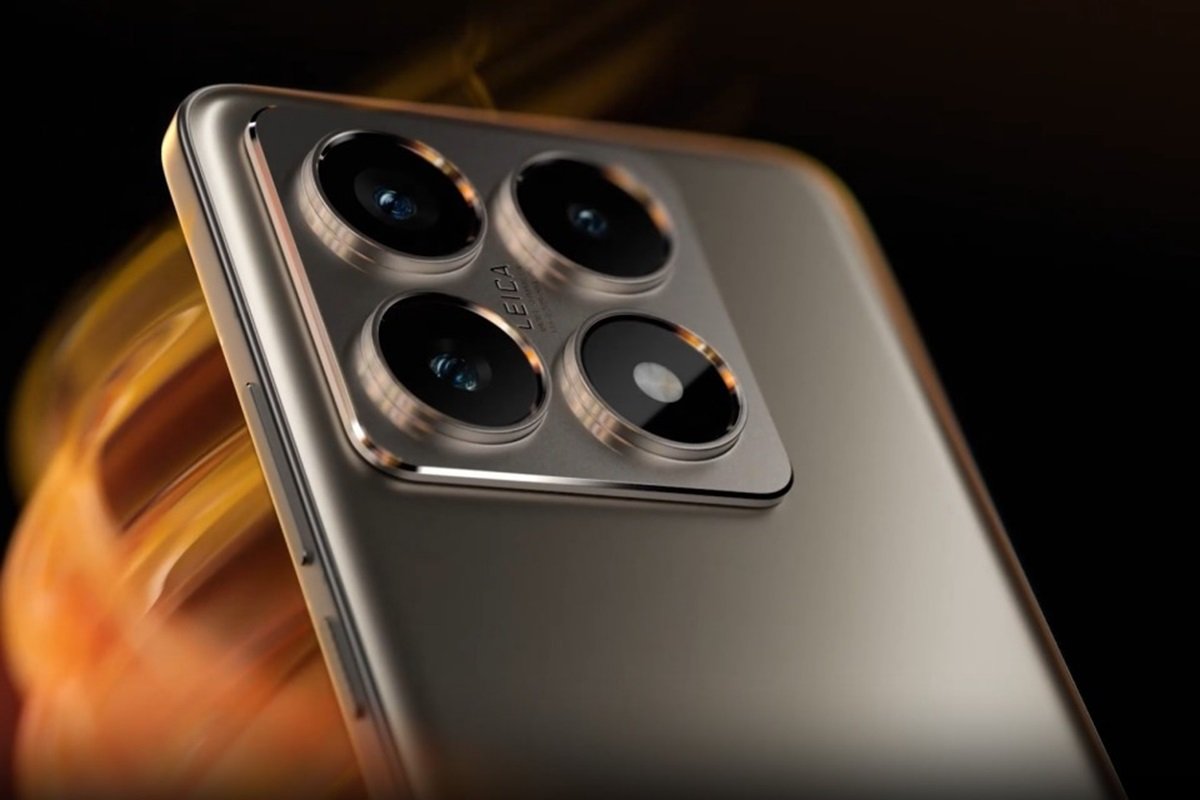After confirming that the foldable Mix Flip has arrived in the global market, Xiaomi also new Xiaomi 14T and 14T Pro. The two smartphones, which belong to the same product family, come as premium models of the Chinese brand with their elegant design, 50 MP cameras and Dimensity chip.
In terms of design, mobile phones are very similar to each other with their metal and glass structures as well as rounded edges. The same goes for the screen, where both devices have a 6.67-inch AMOLED screen, a resolution of 2,712 x 1,220 and a high refresh rate of 144 Hz. The models also have compatibility with HDR10 + and Dolby Vision technologies.
In terms of internal features, the Xiaomi 14T Pro boasts MediaTek’s Dimensity 9300+ chip, while the standard 14T uses Dimensity 8300. The two devices have up to 12 GB LPDDR5X RAM and 256 and 512 GB storage options. The 14T Pro offers up to 1TB of internal space.
Same camera, different sensors
In terms of cameras, Xiaomi has brought some differences to each smartphone, although both have 12 MP ultra-wide lenses. The manufacturer has added a 50 MP Sony IMX906 sensor and a telephoto unit with a 50 mm lens and f/1.9 aperture to the 14T. In comparison, the 14T Pro uses a 50 MP OmniVision OVX9000 Light Fusion 900 sensor and a 60 mm f/2.0 telephoto on the primary camera.
Both new versions of the Chinese brand have a powerful 5,000 mAh battery compatible with 120 W fast charging. The operating system is supported by HyperSO based on Android 14.
The recommended price of the Xiaomi 14T is € 649 (about R$ 4,000 in direct conversion), while the price of the Xiaomi 14T Pro is € 799 (R$ 4,800). These smartphones are initially only available in the European market but are expected to arrive in Brazil soon.
Source: Tec Mundo
I’m Ben Stock, a highly experienced and passionate journalist with a career in the news industry spanning more than 10 years. I specialize in writing content for websites, including researching and interviewing sources to produce engaging articles. My current role is as an author at Gadget Onus, where I mainly cover the mobile section.












